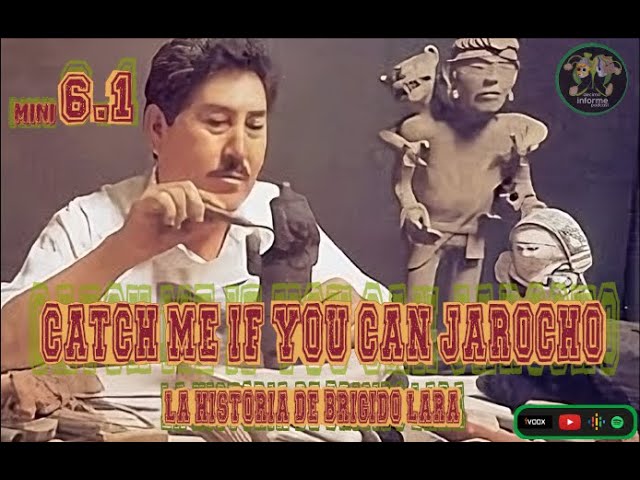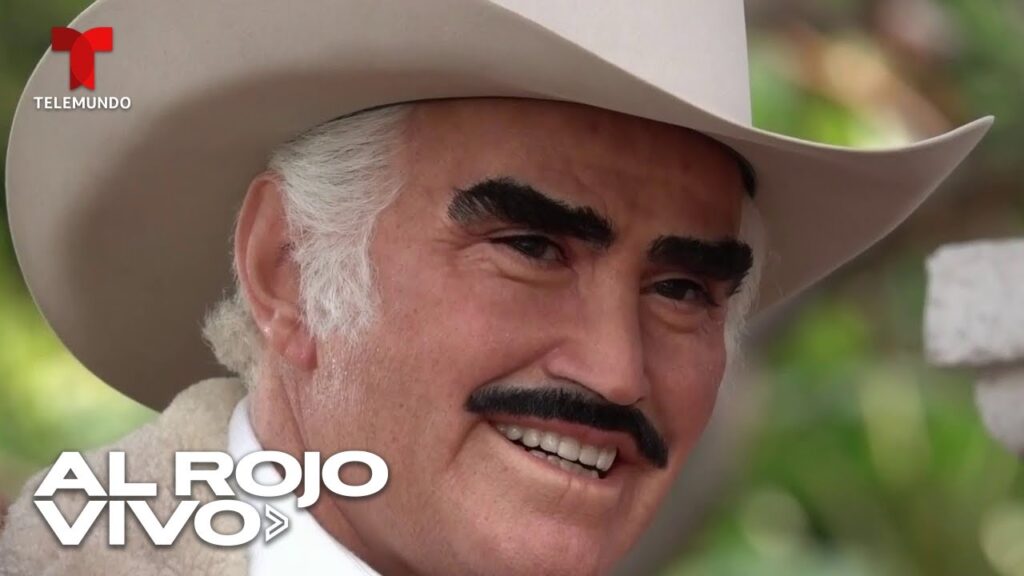The Extraordinary Tale of Brígido Lara: Master Art Forger Turned Respected Artist
The life of Brígido Lara is a riveting story of artistic duality. Initially feared as a nemesis by archaeologists and museums, Lara’s prodigious talent for creating pre-Columbian-style art and artifacts was so advanced that many of his forgeries were mistakenly authenticated as genuine ancient treasures. His incredible understanding of traditional techniques and materials enabled him to produce works that were visually indistinguishable from authentic pieces, leading experts to question the provenance of countless museum exhibits.
However, Lara’s career took an unexpected twist when his true identity as an art forger was uncovered. Instead of facing harsh legal repercussions, Lara’s expertise was acknowledged, and he was offered a unique opportunity. Through cooperation with authorities, Lara helped to educate art professionals about the distinguishing features of authentic artifacts and the sophisticated methods forgers used to dupe the art world. His work played a pivotal role in refining authentication practices for pre-Columbian art.
In the latter part of his life, Brígido Lara transitioned from his forgery origins to become a celebrated legitimate artist. His own creations, inspired by but distinctly separate from the ancient styles he once imitated, gained international acclaim. Galleries and collectors, now fully aware of Lara’s controversial past, embraced his genuine artworks, and he earned respect as a skilled craftsman in his own right. Lara’s transformation from forger to respected artist encapsulates a fascinating journey of redemption within the global art community.
Exploring the Legacy of Brígido Lara and His Pre-Hispanic Art Imitations
In the intriguing world of Mexican art, Brígido Lara stands as a remarkable figure with a unique legacy. This enigmatic artist is renowned for his ability to replicate Pre-Hispanic art pieces with such precision that they have often been mistaken for originals. His incredible skill not only demonstrates the intricate craftsmanship of ancient cultures but also raises important discussions around the themes of authenticity and the preservation of cultural heritage.
Brígido Lara’s journey into the realm of art forgery began as a survival tactic, driven by poverty in his early life. However, it soon evolved into a passionate endeavor to breathe life into the historical narratives of Mexico’s indigenous ancestors. Lara used traditional methods and materials, maintaining the authenticity of the crafting process. His work has been considered so authentic-looking that it has sparked debates among archaeologists and art historians, with some of his pieces even making their way into renowned museums before they were known to be replicas.
The story of Brígido Lara is not just about imitation but an educational odyssey that invites us to explore the rich tapestry of Pre-Hispanic civilizations. Through his imitations, Lara inadvertently became a teacher, pushing professionals and aficionados alike to delve deeper into the subtleties of ancient artistry and the importance of safeguarding these cultural expressions for future generations. As such, his legacy continues to inspire a sense of curiosity and respect for Mexico’s storied past.
Museums Exhibiting Brígido Lara’s Artworks: A Journey Through Faux Pre-Columbian History
The enigmatic works of Brígido Lara have intrigued both art enthusiasts and archaeologists for decades. Lara, notorious for crafting what he initially claimed were pre-Columbian artifacts, later revealed that his creations were, in fact, the products of his own artistry. The intricately designed pieces, rich with the iconography and symbolism of ancient Mesoamerican civilizations, represent a unique blend of historical homage and modern craftsmanship. Exploring museums that house his works offers a fascinating glimpse into a complex interplay between authenticity, art, and cultural heritage.
One of the prominent institutions that celebrate Lara’s talent is the Museo de Arte Falso in Veracruz, a museum dedicated entirely to fake art. Within its walls, visitors embark on a journey through a collection that blurs the lines between genuine antiquities and Lara’s controversial creations. The museum provides a thought-provoking setting for his pieces, encouraging a dialogue on the value of art beyond provenance. Each artifact, though not genuinely ancient, is a testament to Lara’s mastery of pre-Columbian techniques and his deep respect for the art forms of bygone civilizations.
Further enriching the narrative of Brígido Lara’s works is the Museo Nacional de Antropología in Mexico City. While the museum is renowned for its extensive collection of genuine pre-Columbian artifacts, it also tells the story of Lara’s hoaxes transparently, educating visitors about the complexity of the art world. The museum not only celebrates the cultural significance of real ancient works but also highlights the importance of distinguishing between original antiquities and modern imitations inspired by the past. Navigating through the museum’s exhibits, one can discover the sophisticated techniques used by Lara to replicate the appearance of weathered stone and aged relics.
The Artistic Genius of Brígido Lara: From Deception to Recognition
The story of Brígido Lara is as fascinating as it is improbable. A humble potter from Veracruz, Lara was initially known for his incredible replicas of pre-Hispanic artifacts. His skill was so adept that he unintentionally fooled archaeologists and collectors worldwide, who believed they were acquiring authentic pieces from ancient Mesoamerican civilizations. The revelation that these artifacts were modern creations sparked a controversy that would catapult Lara to fame, but not before challenging the academic community’s understanding of Mesoamerican art.
Despite the initial accusations of forgery, the artistic community soon began to recognize Lara’s talent. His ability to replicate the complex iconography and intricate designs of ancient cultures was unparalleled. Rather than diminishing the value of his work, the awareness of their modern origin highlighted his exceptional craftsmanship. Scholars were forced to reconsider the fine line between forgery and homage, acknowledging Lara’s role in preserving and perpetuating the aesthetic heritage of Mexico’s indigenous ancestors.
Lara’s work has since been showcased in museums and private collections, celebrated for its artistic merit rather than its archaeological authenticity. His pieces serve as a testament to the enduring legacy and continued relevance of the ancient cultures that once thrived throughout Mexico. Collectors and art enthusiasts alike now seek his creations, not as deceptive imitations, but as the genuine expressions of a master potter’s dedication to his craft and his culture.
Moreover, Brígido Lara’s journey from obscurity to acclaim has inspired a broader discourse on indigenous art and its representation within the modern world. By blurring the lines between past and present, Lara has prompted a conversation about the preservation of cultural heritage, the validation of traditional art forms, and the evolving definition of authenticity in a globalized art market. His legacy stands not only as a feat of individual talent but as a catalyst that challenges our perceptions of history, identity, and the power of artistic expression.
Brígido Lara’s Transcendent Imitations: How Fake Artifacts Gained Museum Status
The tale of Brígido Lara is a fascinating blend of artistry, archaeology, and intrigue. Lara, a self-taught potter from the Mexican state of Veracruz, gained notoriety for creating clay pieces so convincing that they were initially thought to be ancient Mesoamerican artifacts. In a remarkable turn of events, these faux pre-Columbian pieces did not only fool experts for years but eventually earned a legitimate place in museums and private collections, celebrated for their artistic merit rather than historical authenticity.
Lara’s story is a testament to his exceptional skill as he mastered the techniques used by ancient civilizations, leading to the creation of objects that captured the essence of the Olmec, Mayan, and Aztec cultures. The duplication was not only superficial in design but extended to the very composition of the materials. His extensive knowledge of local clays and minerals allowed him to produce items that, even under scientific examination, seemed indistinguishable from genuine antiquities. It was only after his arrest that Lara revealed the truth behind his works, transforming from a suspect of looting national treasures into a respected artist.
The irony of Lara’s situation is that while his intent was to expose the illegal trade of Mexican antiquities, his works instead ended up being embraced by the very institutions he sought to critique. Museums and collectors, who were initially embarrassed by being deceived, began to admire the intrinsic beauty and craftsmanship of Lara’s creations. Subsequently, his “forgeries” have become sought-after collectibles, blurring the lines between authentic artifacts and artistic replicas, and raising questions about the nature of art and the value of reproduction.



